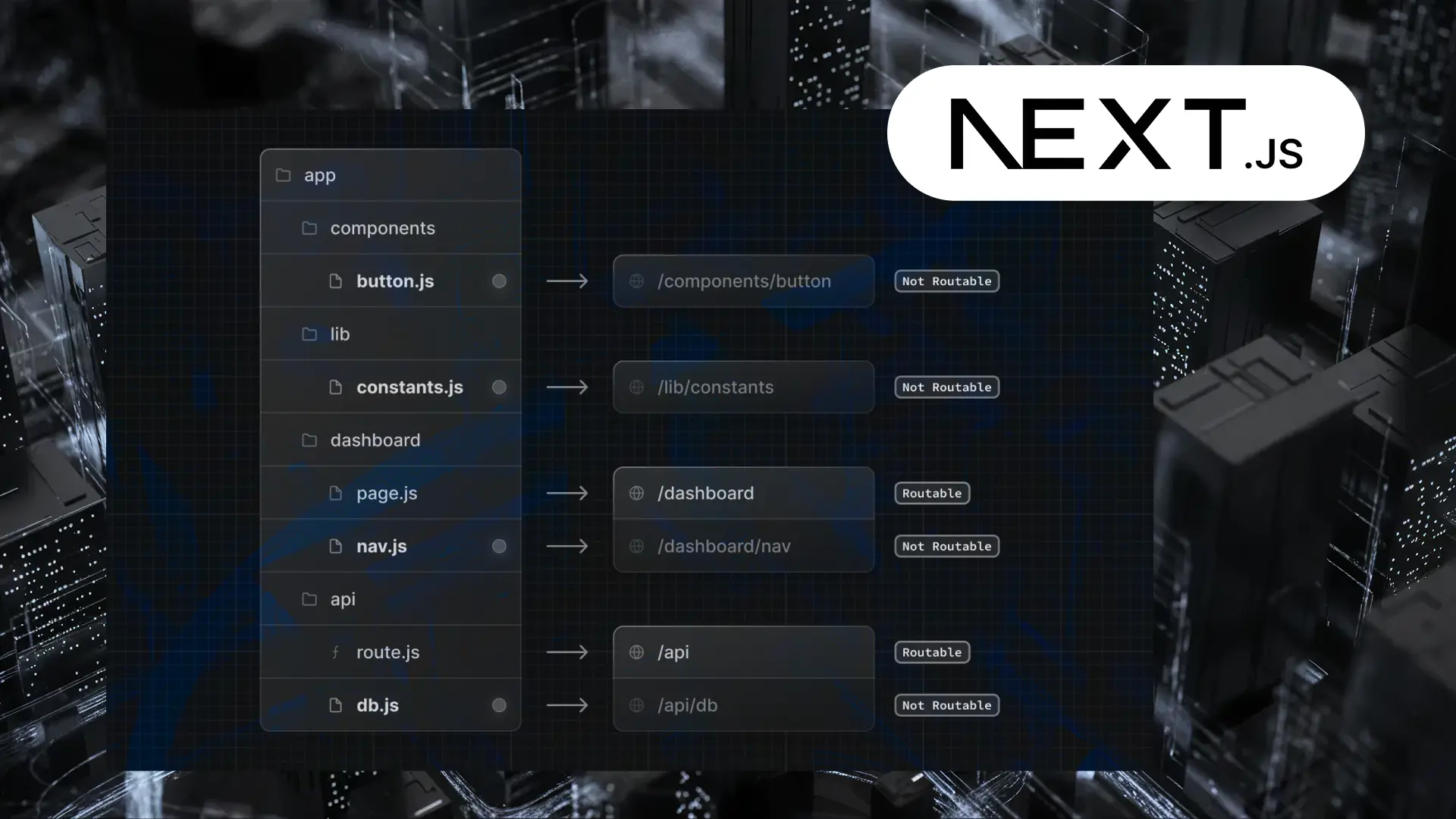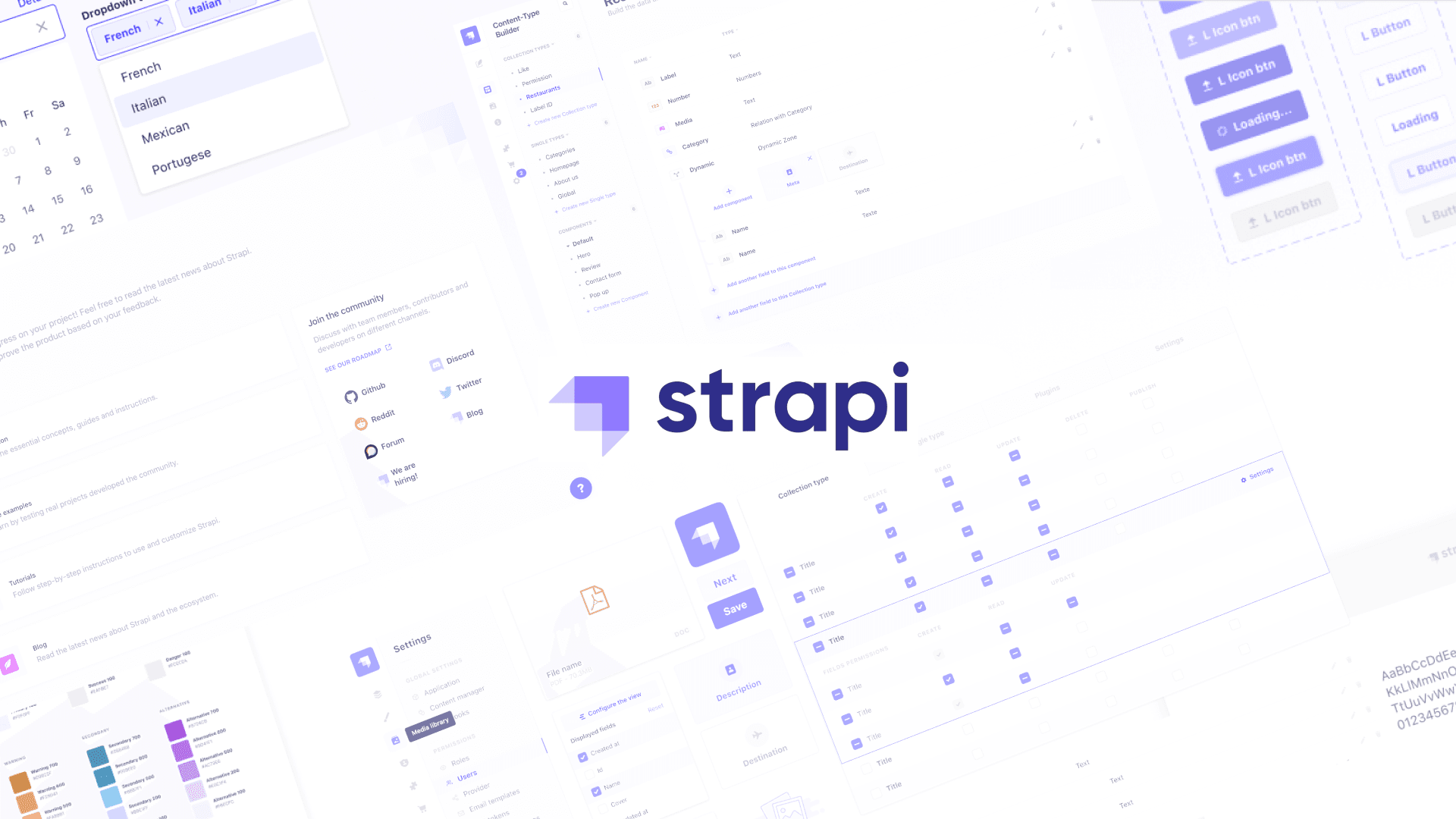Table of Contents
Making Middlewares Matter: Real-World Use Cases for Next.js Middleware with the App Router
Author

Date

Book a call
Next.js Middleware has quietly become one of the most underrated features in the modern App Router era. While much of the spotlight in Next.js development goes to server components, layouts, and streaming, Middleware is quietly doing heavy lifting at the edge - solving real platform-level challenges without bloating your frontend or backend code.
If you have been treating Middleware as a simple redirect tool, you're barely scratching the surface. Middleware runs before a request even hits your pages - right at the edge and that unlocks some pretty powerful use cases when you’re working on large-scale applications with multi-role access, global audiences, and legacy systems to deal with.
With the App Router now being the default in Next.js, it's even more important to understand where Middleware fits in this ecosystem. It isn’t about replacing APIs or client-side guards - it’s about doing the right things at the right place, especially when that place is right at the edge.
This blog is a walkthrough of how we can put Middleware to work in real-world scenarios - focusing on where it shines, how to avoid common traps, and how you can make it matter in your stack.
Middleware in a Nutshell
Next.js Middleware is a special function that runs before a request is completed. It sits at the edge, meaning it’s deployed close to your users and can modify the request or redirect it before your app renders a page or hits an API route.
It lives inside a middleware.ts (or .js) file at the root of your app or inside specific folders to scope it per route. The power comes from how early it executes: before SSR, before static rendering, before your app even knows what page it's loading.
Here's a minimal example:
You can do stuff like:
- Redirect unauthenticated users
- Geo-detect and route to localized pages
- Rewrite legacy URLs to new patterns
- Add headers for analytics or AB tests
What Middleware Is not
It’s important to know what not to use it for:
- Not a replacement for API routes: Middleware can’t send back JSON or HTML. It can only return NextResponse.next(), redirects, or rewrites.
- Not for dynamic rendering: It can’t access things like databases directly or call server actions.
- Not a silver bullet for all auth: Use it for light checks (e.g., presence of a token), but don’t run complex logic here.
Think of Middleware as edge logic - it’s best for fast, simple decisions without heavy server computation. It’s like a bouncer at the door: quick checks before anyone walks in.
Use Case 1: Lightweight Auth Gates
Authentication is one of those things every app needs, but handling it smoothly can get messy real quick - especially with public pages, role-based dashboards, and redirect logic all fighting for space. Middleware helps by offering a clean, centralized way to handle lightweight auth logic before your app even begins rendering.
The Problem
In the old days, we often had to:
- Wrap protected pages in HOCs or layout components
- Use useEffect to do auth checks client-side
- Or pass around user data using context, which added bloat and complexity
These worked, but they came with downsides:
- FOUC (flash of unauthenticated content)
- Extra client-side JS just to say "you’re not logged in"
- Repetitive logic across multiple routes
The Middleware Way
With Middleware, you can intercept a request and decide right there: “Should this user be here?”
Here’s a common example:
Why This Works Well
- No client-side flicker: The user is redirected before any page is rendered.
- Centralized logic: Auth gates live in one place, easy to tweak as your app grows.
- Fast execution: Middleware runs at the edge, close to your users, keeping response times low.
You can also get fancier:
- Redirect based on role (admin, manager, customer, etc.)
- Allow some public routes through even if a token is present (like marketing pages)
- Auto-redirect logged-in users away from /login or /signup
A Quick Caveat
Middleware can’t verify JWTs or fetch user data from a DB (yet). So use it for basic token presence or cookie checks, and defer heavy lifting to server functions or API routes after routing is settled.
Use Case 2: Geo-Based Routing
Imagine you’ve got users coming from India, the US, Europe, etc. and you want them to land on the most relevant version of your app. Maybe it’s language-specific, or region-based pricing, or different legal disclaimers. The old way? Detect in JS, then redirect awkwardly. The better way? Middleware.
The Problem
Handling localization or geo-targeted content typically meant:
- Shipping logic to the browser to figure out the user’s location
- Delaying routing until that logic runs
- Extra complexity and flashes of wrong content before redirecting
That leads to:
- Bad UX (like showing a U.S. user Indian prices for a second)
- SEO issues (search engines might index incorrect versions)
- Slower first loads due to waiting on client-side redirection
The Middleware Way
Next.js Middleware can access the user’s location through headers provided by the edge runtime (like Vercel or Cloudflare). That means you can redirect users immediately based on region - before your app even begins rendering.
Here’s a simple example:
Real-World Applications
- Route / to /en-US, /en-IN, etc. automatically
- Customize pricing pages based on region
- Show or hide features (e.g., shipping options or local regulations)
- Geo-block unsupported countries if needed
Because the routing happens before rendering:
- No layout shift
- Better Core Web Vitals
- SEO crawlers get clean URLs from the start
A Quick Caveat
Geo info depends on your hosting platform. Vercel provides it automatically at the edge. If you're self-hosting or on a different platform, you might need to use IP-based geo APIs or edge functions.
Use Case 3: Handling Legacy Redirects Gracefully
Whether you're migrating from an older framework, rebranding routes, or just cleaning up a messy URL structure, you’re gonna have to deal with legacy URLs at some point. And when users hit outdated links, they shouldn’t see a 404 - they should be smoothly rerouted to where they should be.
The Problem
Let’s say you’re moving from:
- /old-blog/:slug → /blog/:slug
- /v1/dashboard → /dashboard
- /product?id=123 → /products/123
You could set up redirects in next.config.js, but:
- They’re static - you can't apply complex logic
- The config file gets bloated quickly
- You can’t use regex, conditionals, or even cookies to decide behaviour
The Middleware Way
Middleware makes it super clean to map old paths to new ones - even with custom logic.
Here’s a quick redirect map example:
Why This Works Well
- Dynamic: Use regex, query params, or even cookies to shape the logic.
- Scalable: Keep all your redirects in one place, easy to update as routes evolve.
- No page load cost: Users never hit a “dead” page, they’re rerouted instantly.
Real-World Applications
- Marketing campaigns linking to deprecated URLs
- Redirecting old partner traffic
- SEO clean-up after a URL structure change
And bonus - you can log the redirect for analytics or even add headers if you want to track where these legacy links are coming from.
Best Practices to Keep in Mind
- Keep it fast: Middleware runs at the edge, so keep logic lightweight, avoid async DB calls or anything that introduces latency.
- Use it for routing decisions: Auth checks, redirects, region handling, A/B testing buckets, etc.
- Don’t overdo it: Not every use case needs Middleware. Don’t replace simple in-app logic or try to run business logic here.
- Structure it well: Keep your conditions modular and manageable, especially as your logic scales.
Final Thoughts: Where Middleware Truly Shines
Next.js Middleware is not about replacing your backend or doing heavy lifting. Its power lies in handling edge-level logic, the kind of logic that decides what the user sees before anything loads.
From lightweight auth gates and geo-based routing to legacy redirects, Middleware is that bouncer at the door, quietly deciding who gets in, where they go, and what they should see without dragging in unnecessary client-side code or bloating your layouts.
Dive deep into our research and insights. In our articles and blogs, we explore topics on design, how it relates to development, and impact of various trends to businesses.





